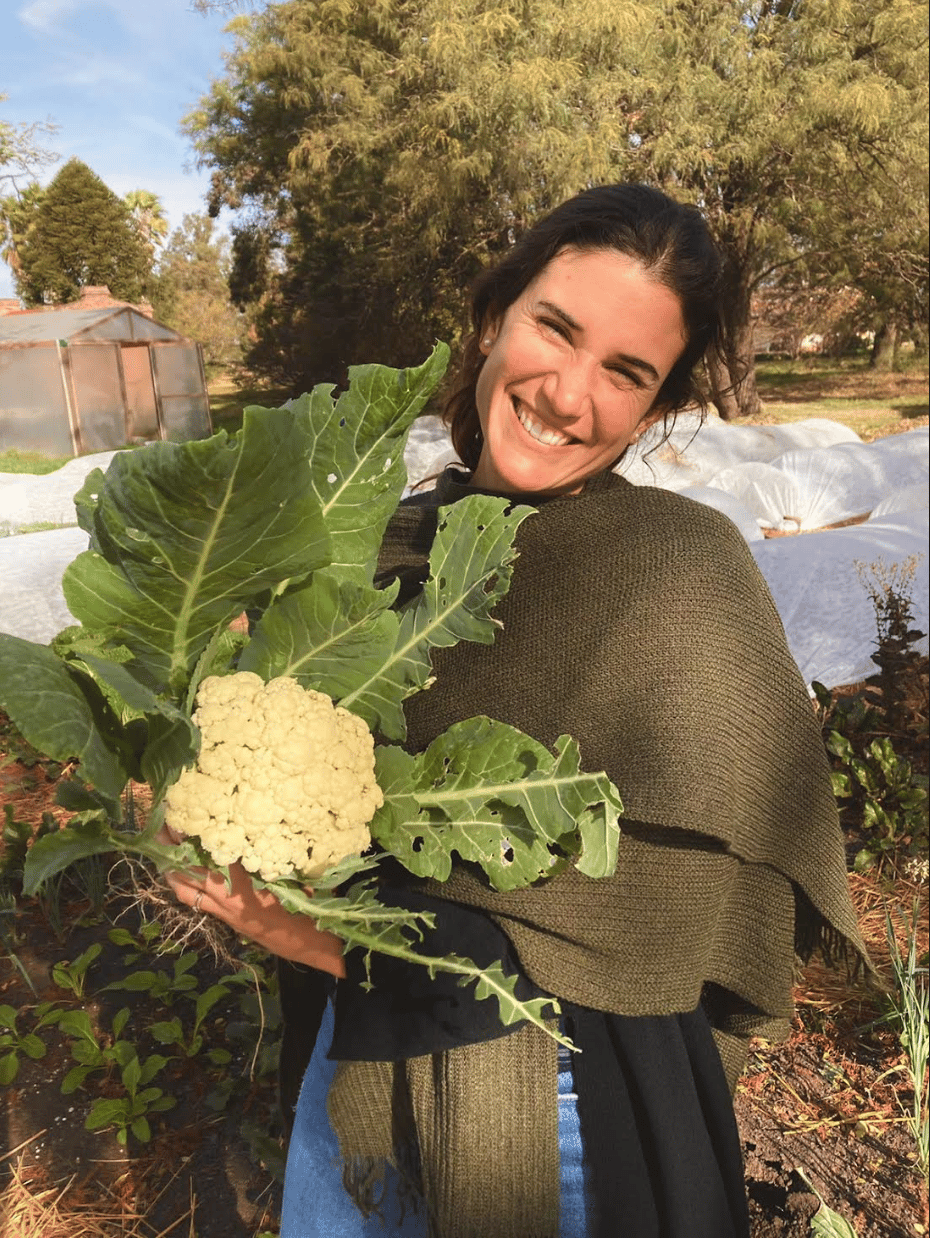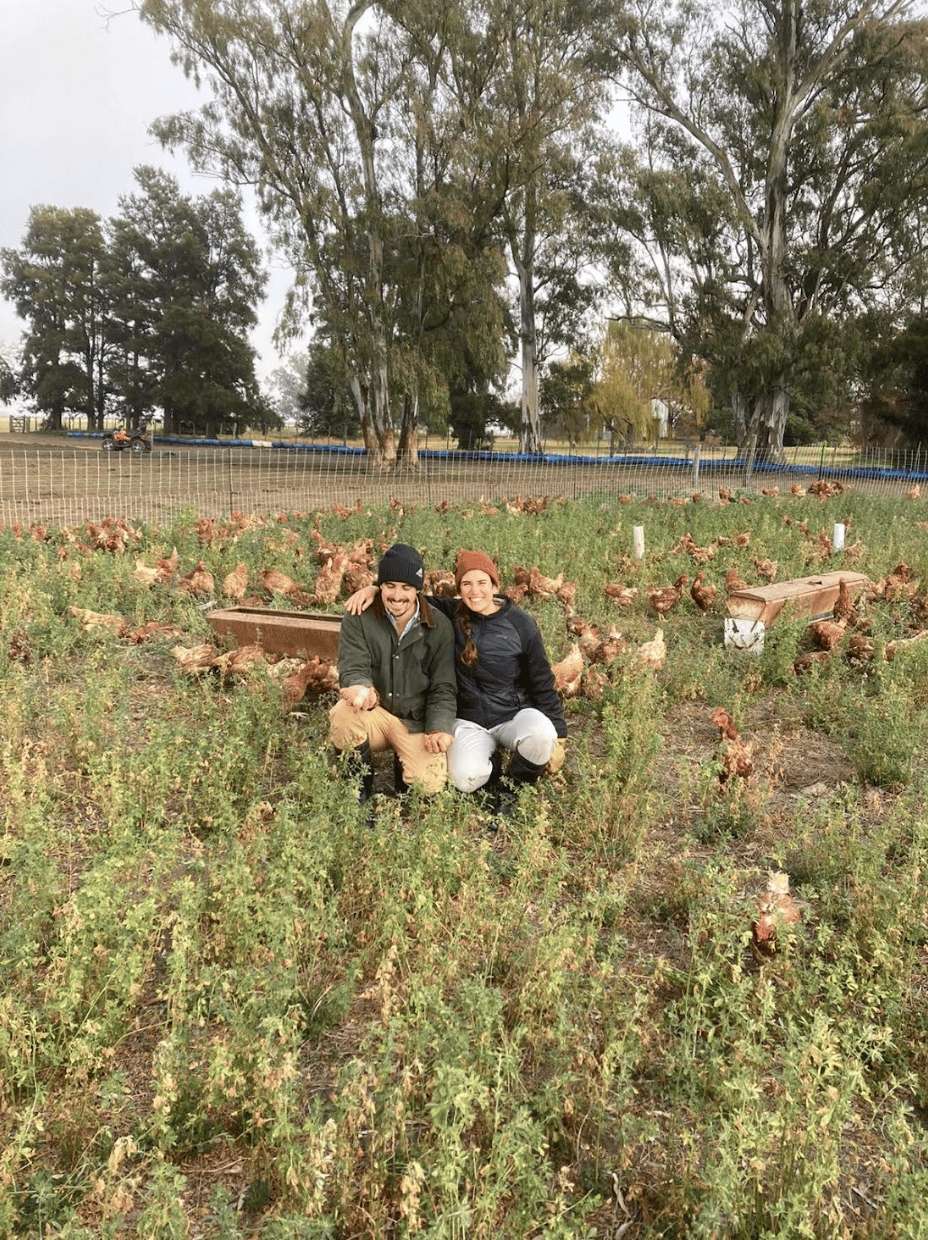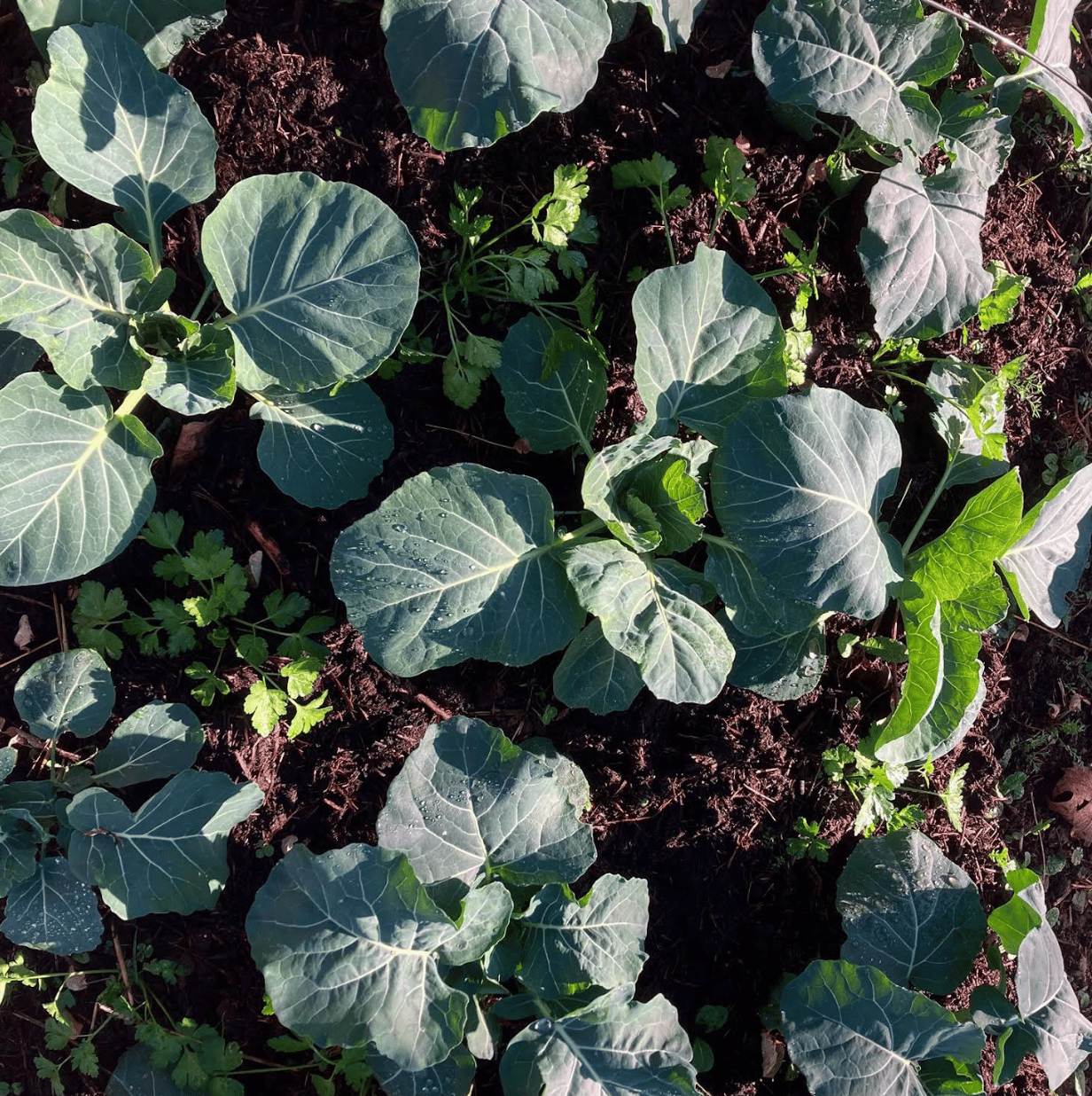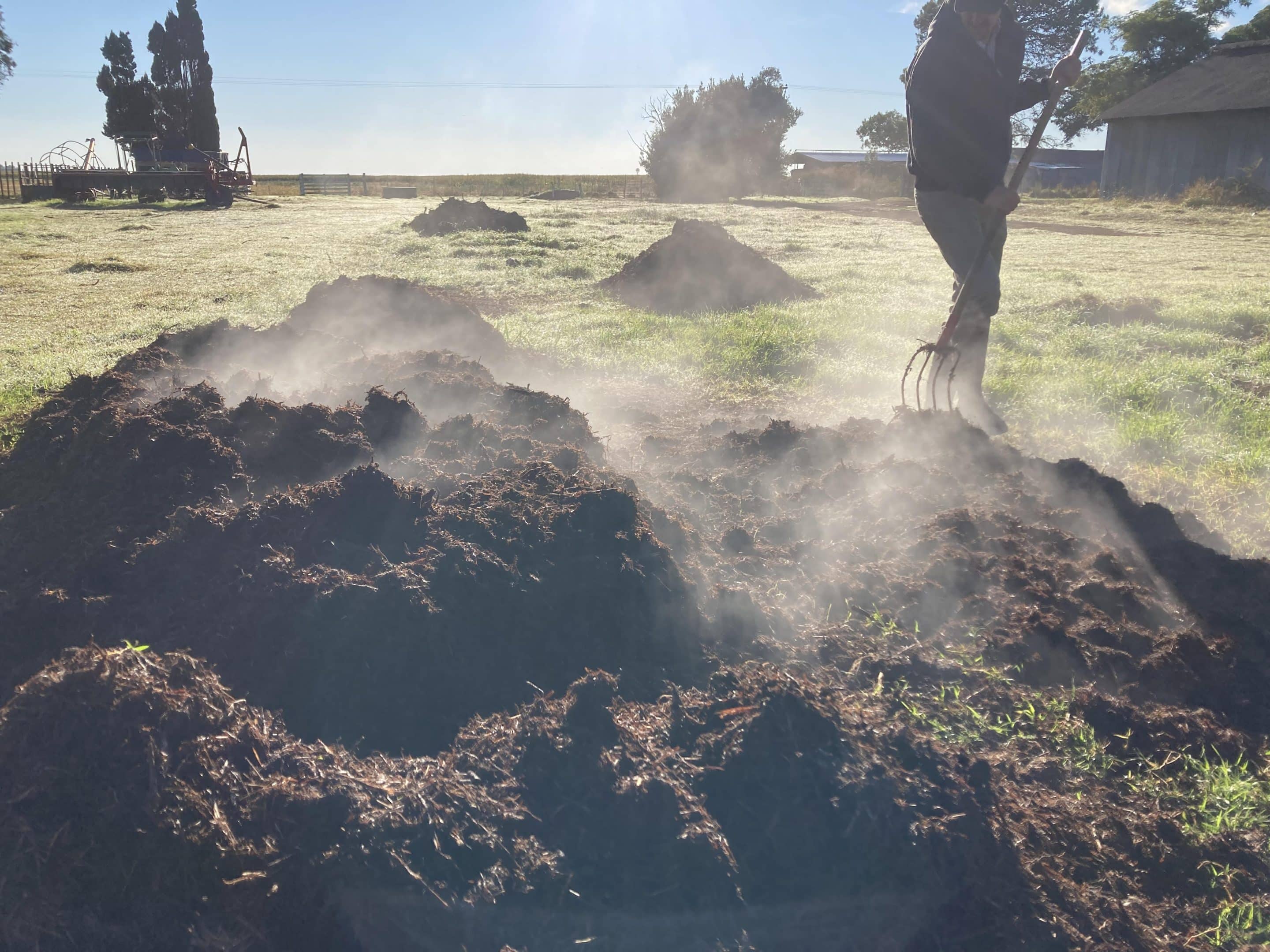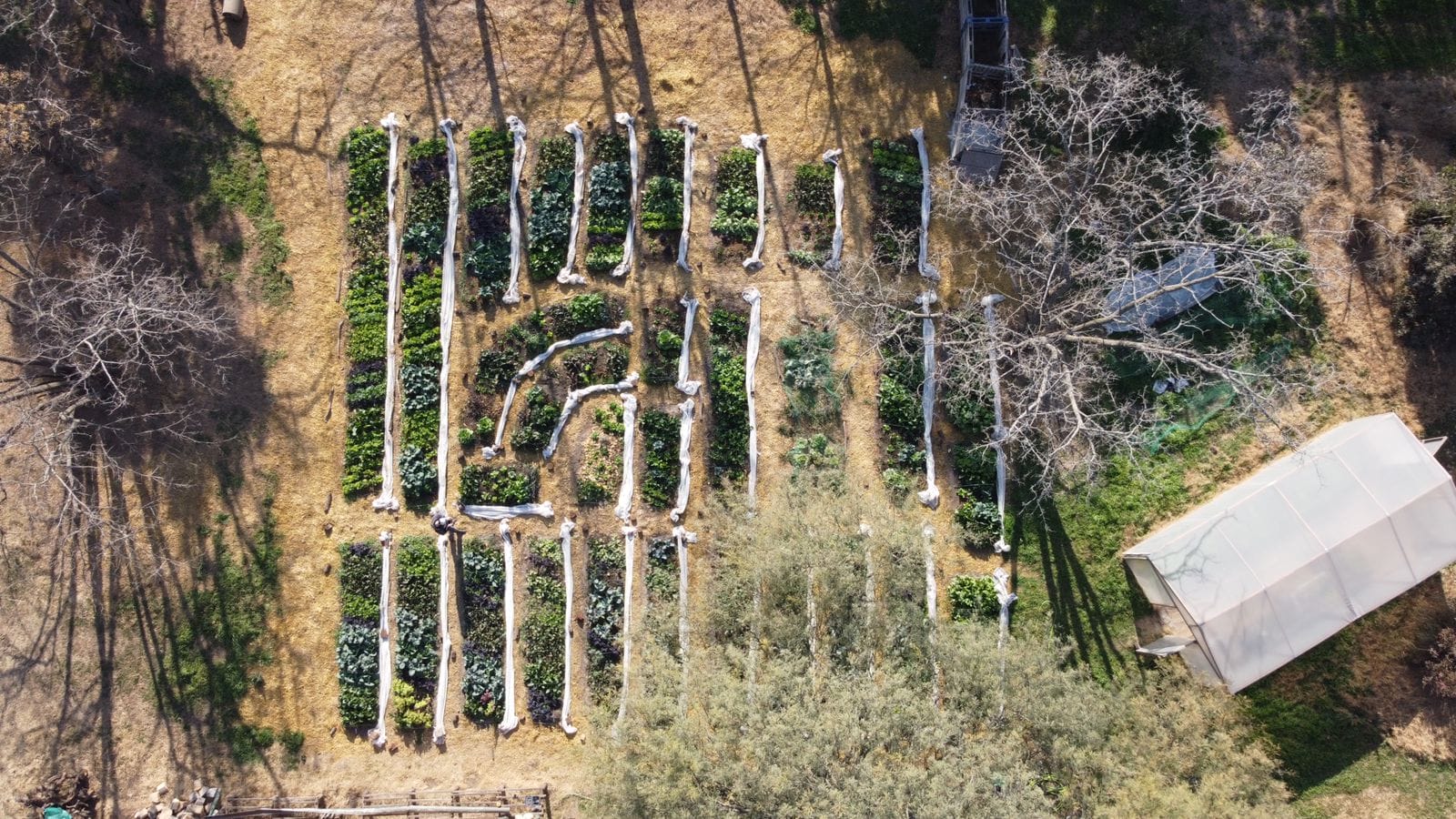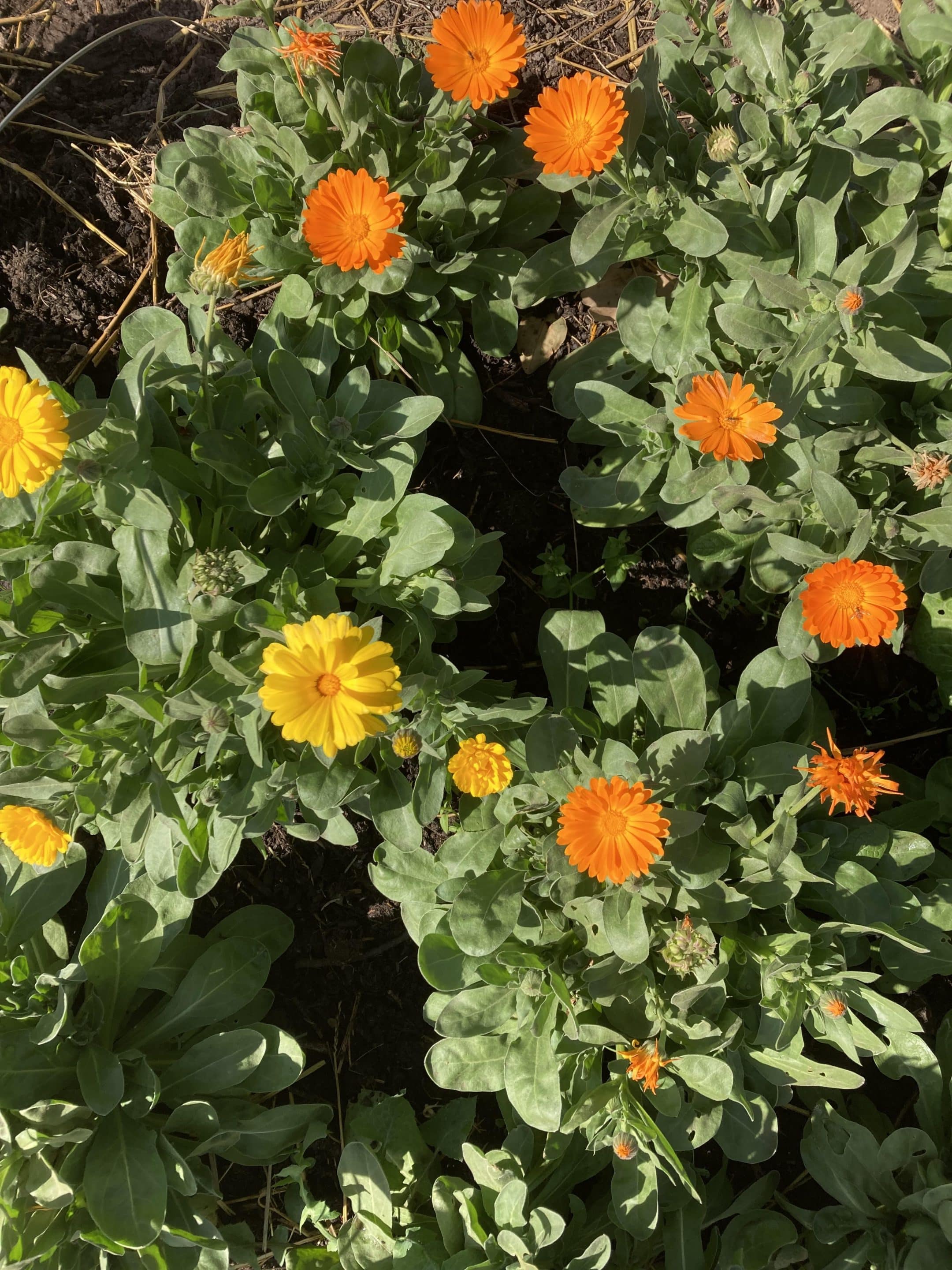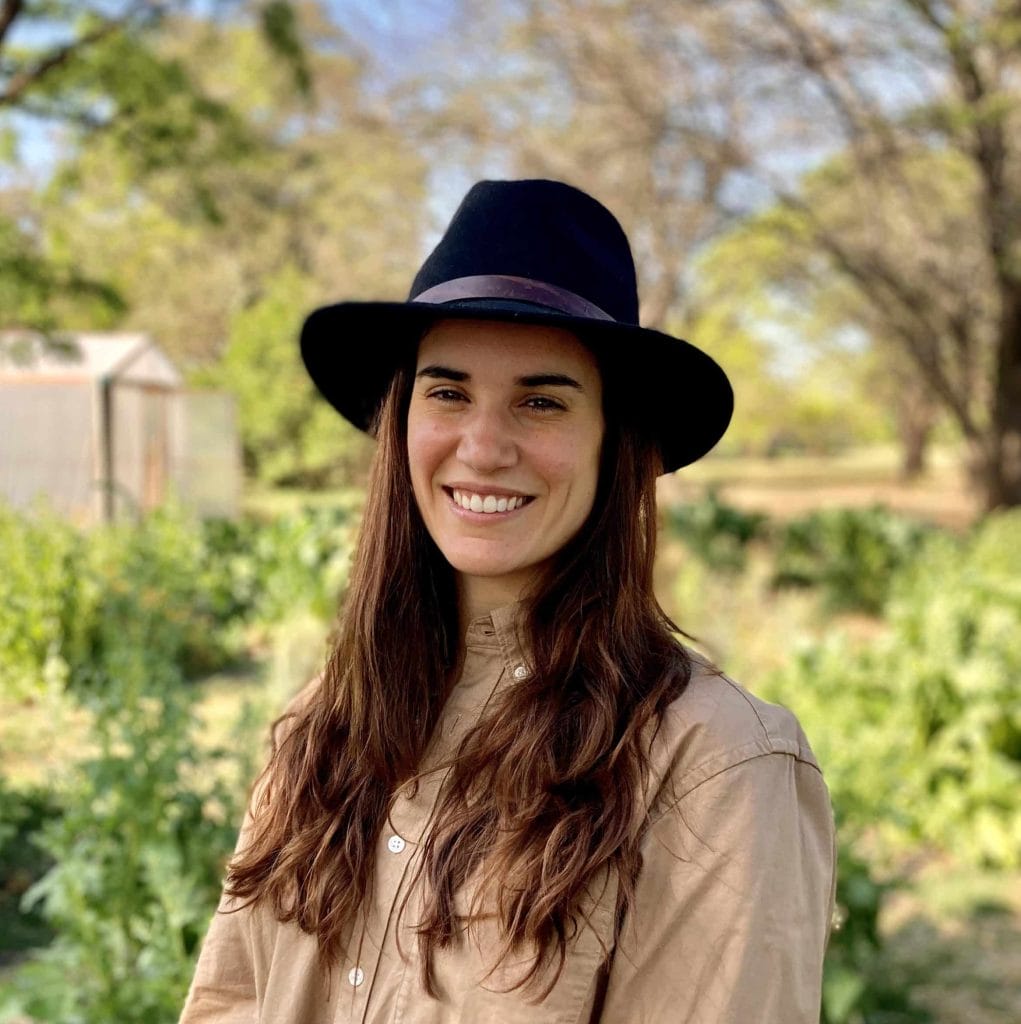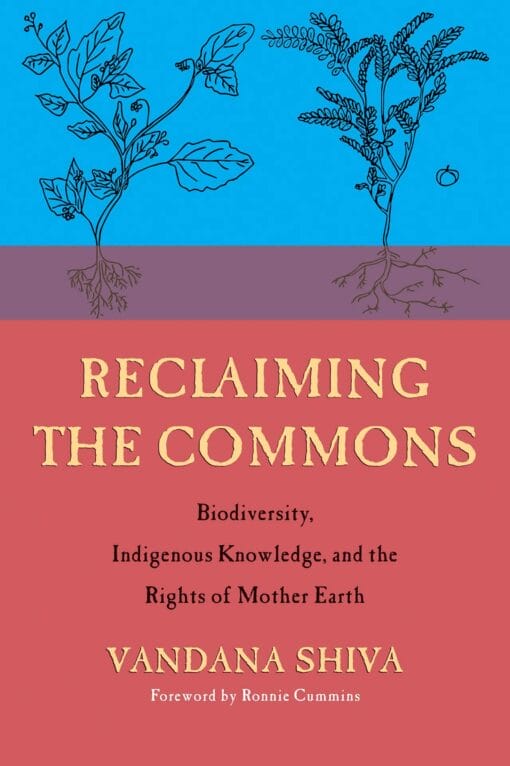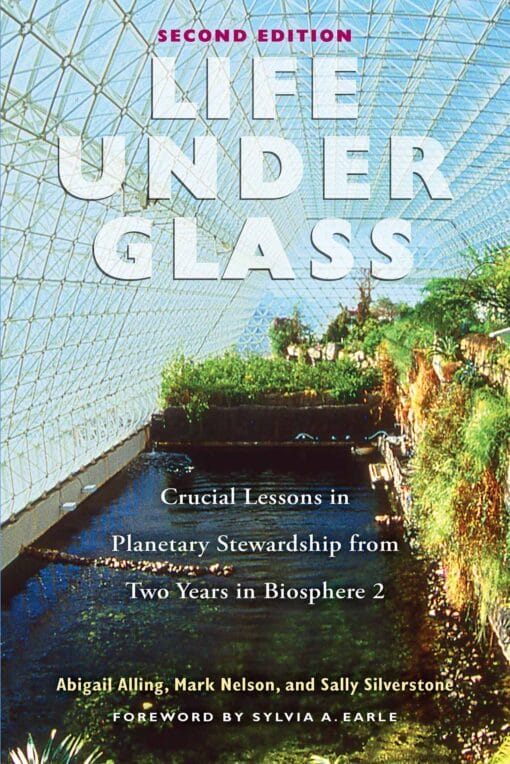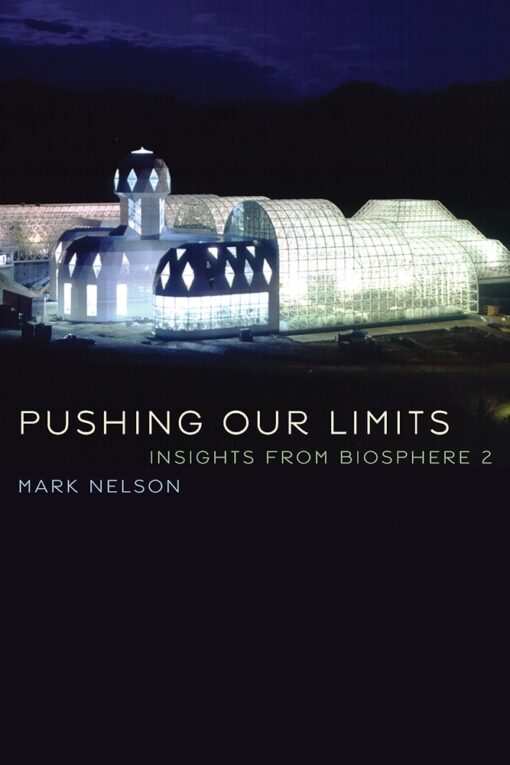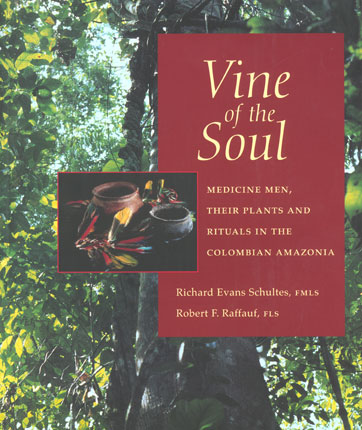I was honored to have my artwork featured as the cover design for the inspiring ecofeminist and environmental activist, Vandana Shiva’s, recent book Agroecology and Regenerative Agriculture: Sustainable Solutions for Hunger, Poverty, and Climate Change, published by Synergetic Press. It seems crazy to me to think that somehow, living in a small, remote place in Argentina, I have been able to connect with someone as brilliant and wise as Vandana.
As an architect, I have found myself increasingly interested in regenerative design, and over the last few years, I have been studying agroecology, integrating its principles of sustainability into my design work in order to counter the ways in which we have laid waste to the environment.
The Story Behind the Cover
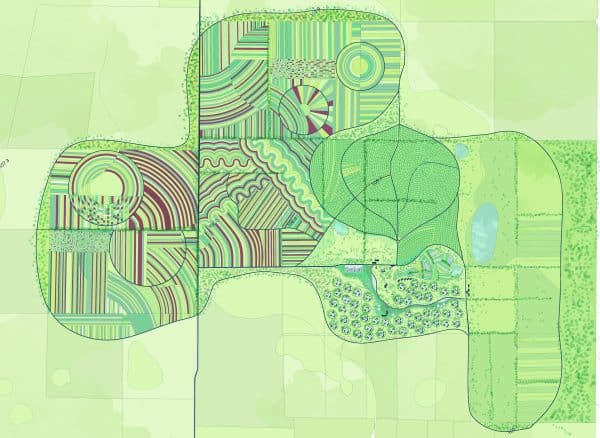
Agroecology and Regenerative Agriculture cover image by Leticia Pascual
The story behind the cover image of the book is that it was part of my graduation thesis project for my Master’s in Architecture and Urban Design at the Politecnico di Milano. This thesis detailed my interest and study in the current landscapes modified by man, homogenized, and damaged mainly by the agricultural activity of planting monocultures.
Three years ago I discovered agroecology and I found it interesting to study it from the perspective of my profession, understanding that architecture and urbanism have an important role in modifying landscapes. Design must integrate a broader awareness of the transformation of territories as well as the conservation and restoration of the native landscape.
My research stemmed from the environmental impacts generated by the intensive growth of agribusiness in Argentina, while also analyzing the incentives for change in the central zone, taking into account that in other parts of the world there are already agroecological transition processes, understanding what are the political and social obstacles that hinder the change towards these transitions in our country.
As the challenges of rapid urbanization and limited global resources become more pressing, there is a need to find alternative approaches that allow large-scale farming to be re-envisioned.
My thesis consisted of three volumes; the first developed theory and definitions of the issues that make up industrial agriculture, proposing possible alternatives for change on a global scale; the second aimed to understand the social and political obstacles to sustainable development in Argentina, analyzing the current biodiversity, environmental characteristics, and impacts generated by industrial agriculture; the third section proposed the development of a conceptual project to implement a sustainable transition in a specific site in the Province of Buenos Aires, where intensive productive activities are currently carried out following the guidelines of the industrial model.
My Agroecology Project Made Manifest, Del Plato Huerta
From this third volume came the cover image for Vandana Shiva’s Agroecology and Regenerative Agriculture. Now, more than a conceptual project, it is an actual project, Del Plato Huerta, being developed in the countryside where I am now living!
Eight months ago, my husband and I returned to Argentina to live, with the dream of materializing our thoughts and studies in an agroecological project. We are implementing an agroecological transition, starting with the livestock sector, where Voisin rational grazing is being developed, and the next step will be agriculture.
Del Plato Huerta, is a project that has less than a year of development. It currently consists of an agroecological garden, where we mainly aim at soil regeneration. The association of crops is important and flowers and aromatics also have a fundamental role.
Our desire is to continue with the garden, but our dream is to develop a productive space with vegetables, meat, and eggs and also a learning space, where anyone can come to exchange ideas and observe production. And also, mainly, the garden is our space and channel to make visible and communicate ideas, to demonstrate that another way of producing is possible and provide an example for other agroecological transitions in the territory.
It is a stage of much learning and reconnection with nature. In Argentina, organic products are not widespread, and many people do not know where their vegetables come from, so one of our objectives is that people can enjoy food sovereignty and more awareness of what they consume.
I think interdisciplinary design is more effective than thinking solely from one particular perspective. In the current context in which we live, there is a spiritual war in which the freedom of movement and thought is increasingly restricted, where we feel more and more controlled and dominated by certain powers, where the Earth and natural resources are sick and pushed to their limits.
I firmly believe that it is time to act in a new way, to begin to think as a community, and create healthier environments in which individual thought dissolves and ecosystems are restored to their natural balance. As an architect, but also as a human being in this world that so desperately needs a change in thinking, I want to continue in the search to contribute my efforts to actualizing this transition. It is through this change of consciousness that we are going to restore the resilience of the planet and recover the present to leave a better future for future generations.
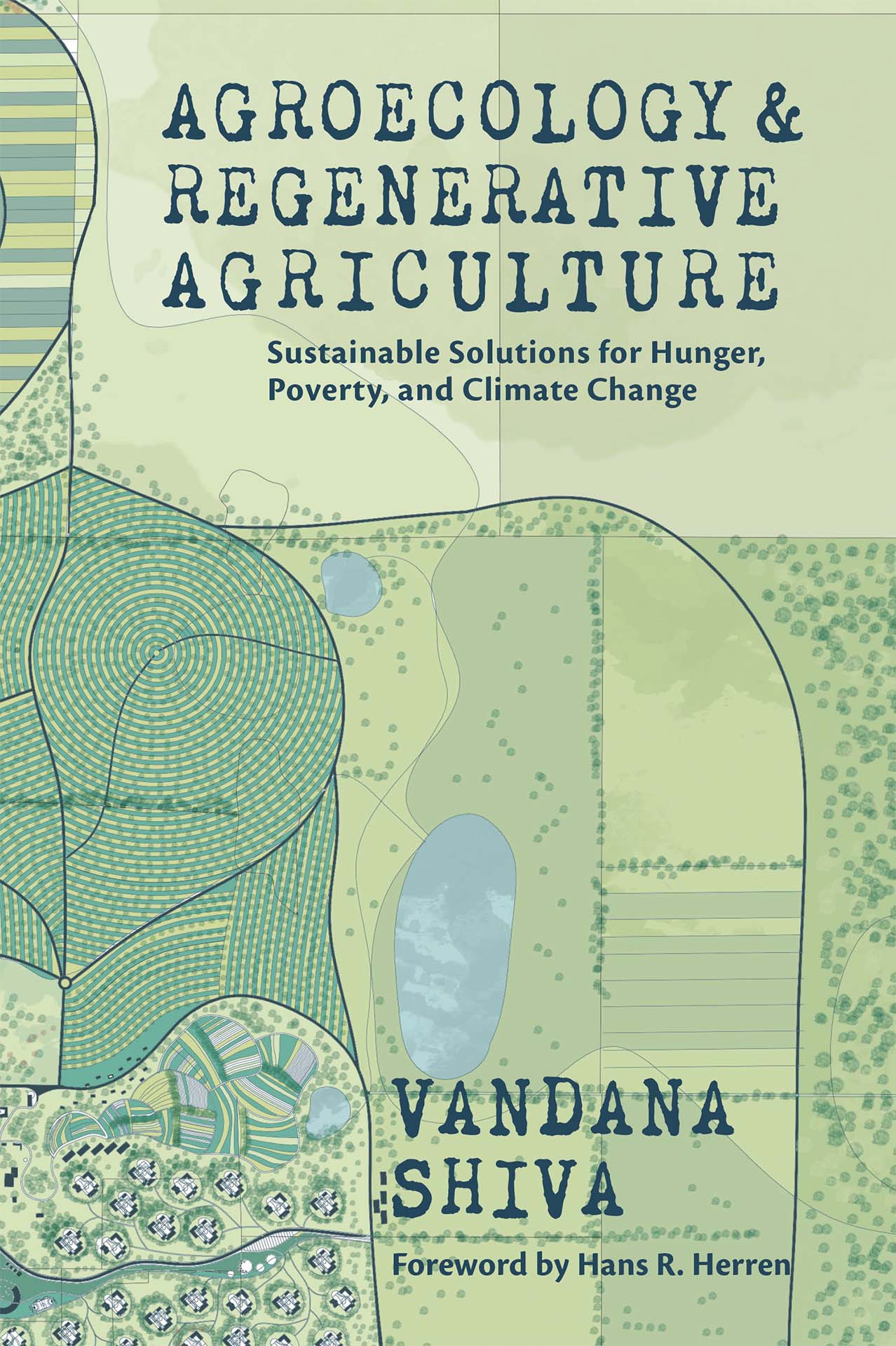
Featuring the work of Navdanya, an organization founded by Dr. Vandana Shiva that promotes agroecology, seed freedom, and a vision of Earth Democracy that seeks justice for the Earth and all living beings, this work serves as a guidebook for agriculture scientists, policy makers, environmentalists and every individual who cares about their own health as well as the vitality of the planet.
Agroecology and Regenerative Agriculture, provides a detailed analysis of the multiple planetary dilemmas we face due to chemical and industrial agriculture, including land degradation, water depletion, biodiversity erosion, climate change, agrarian crises, and health crises while also focusing on practical and evidence-based solutions.
Those solutions include methods of using biodiversity-based organic farming to regenerate soil, conserve water, increase climate change resilience, and ensure food security in rural populations. As editor, Dr. Shiva takes an organized approach to these wide-ranging topics and provides practical knowledge that can inform the future of agriculture and sustainable food systems. With detailed scientific evidence, Agroecology and Regenerative Agriculture shows how an ecological agriculture based on working with nature can regenerate the planet, the rural economy and our health.

